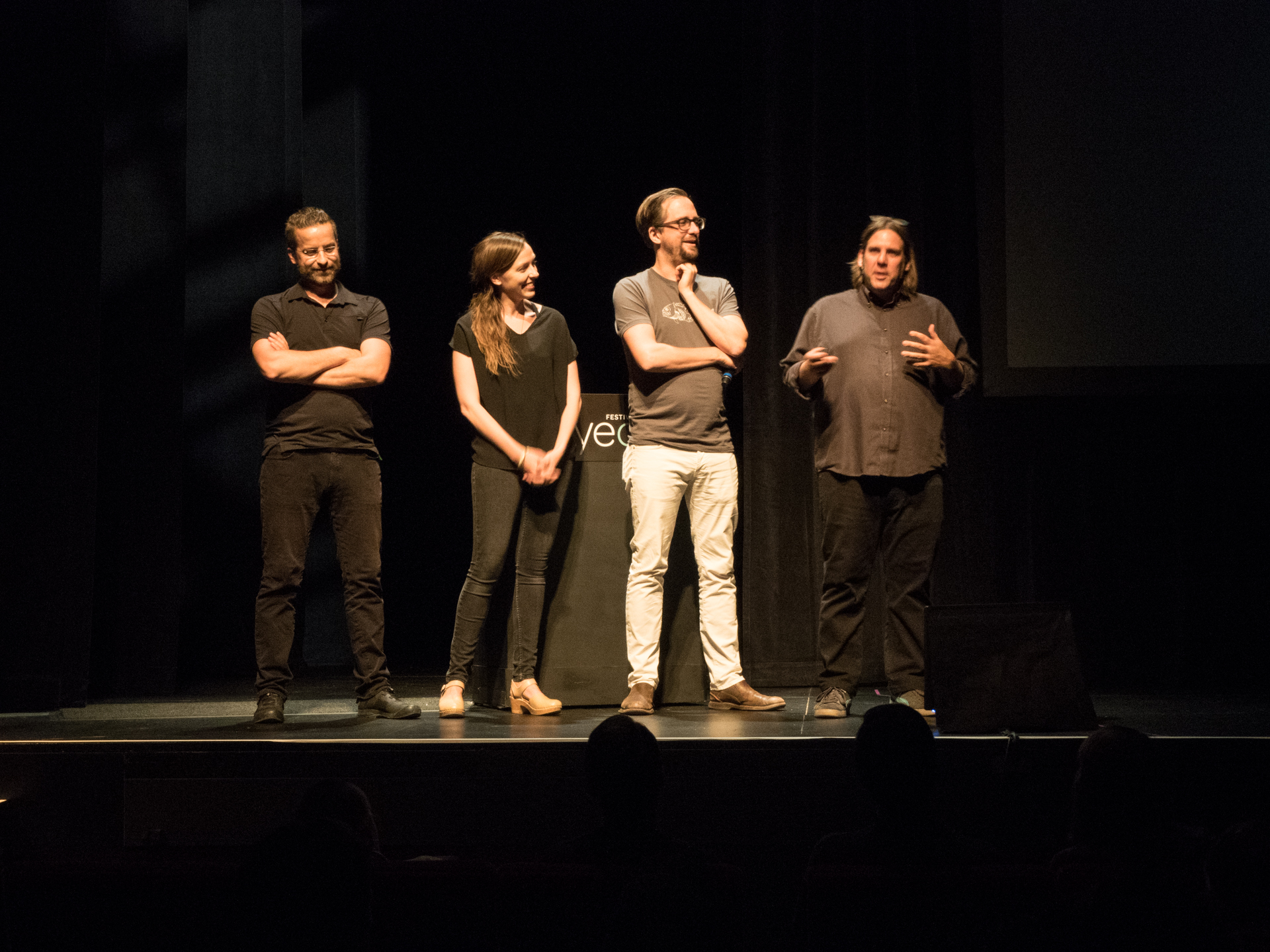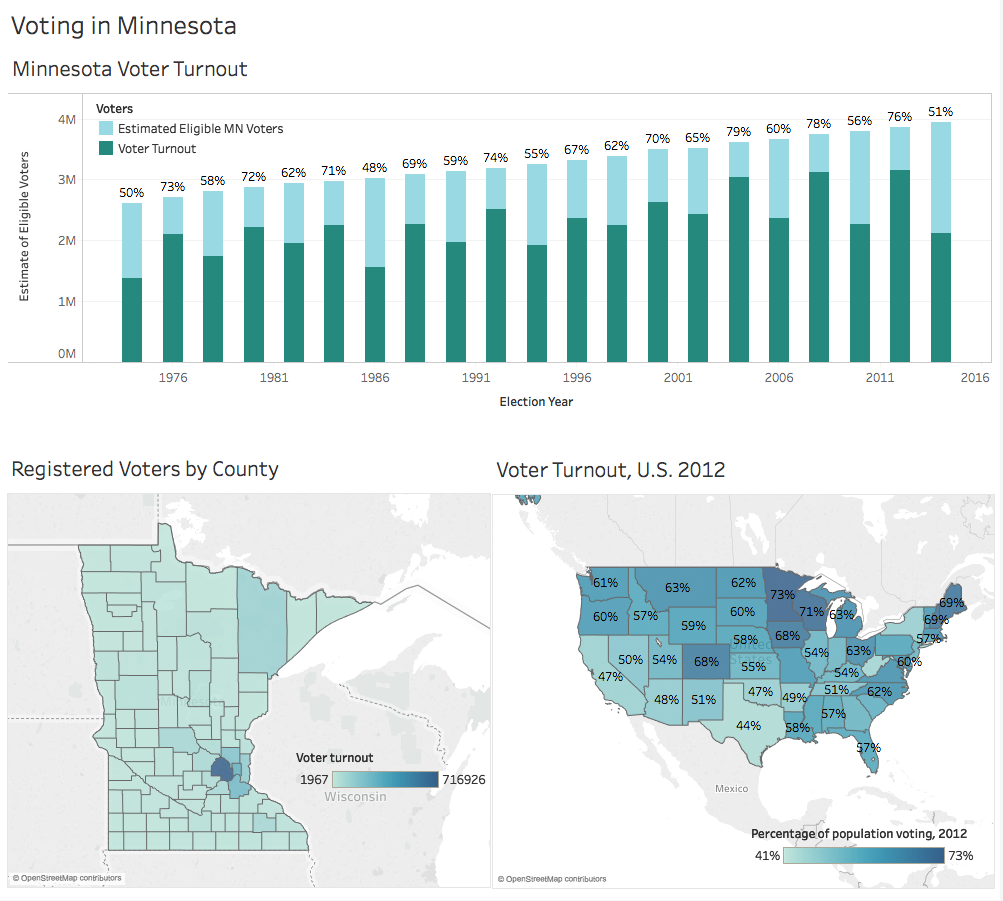
Voting in Minnesota
In time for voting in Minnesota, a dashboard of visualizations on Voter Turnout in Minnesota and the country.
Developed in Tableau. Read More
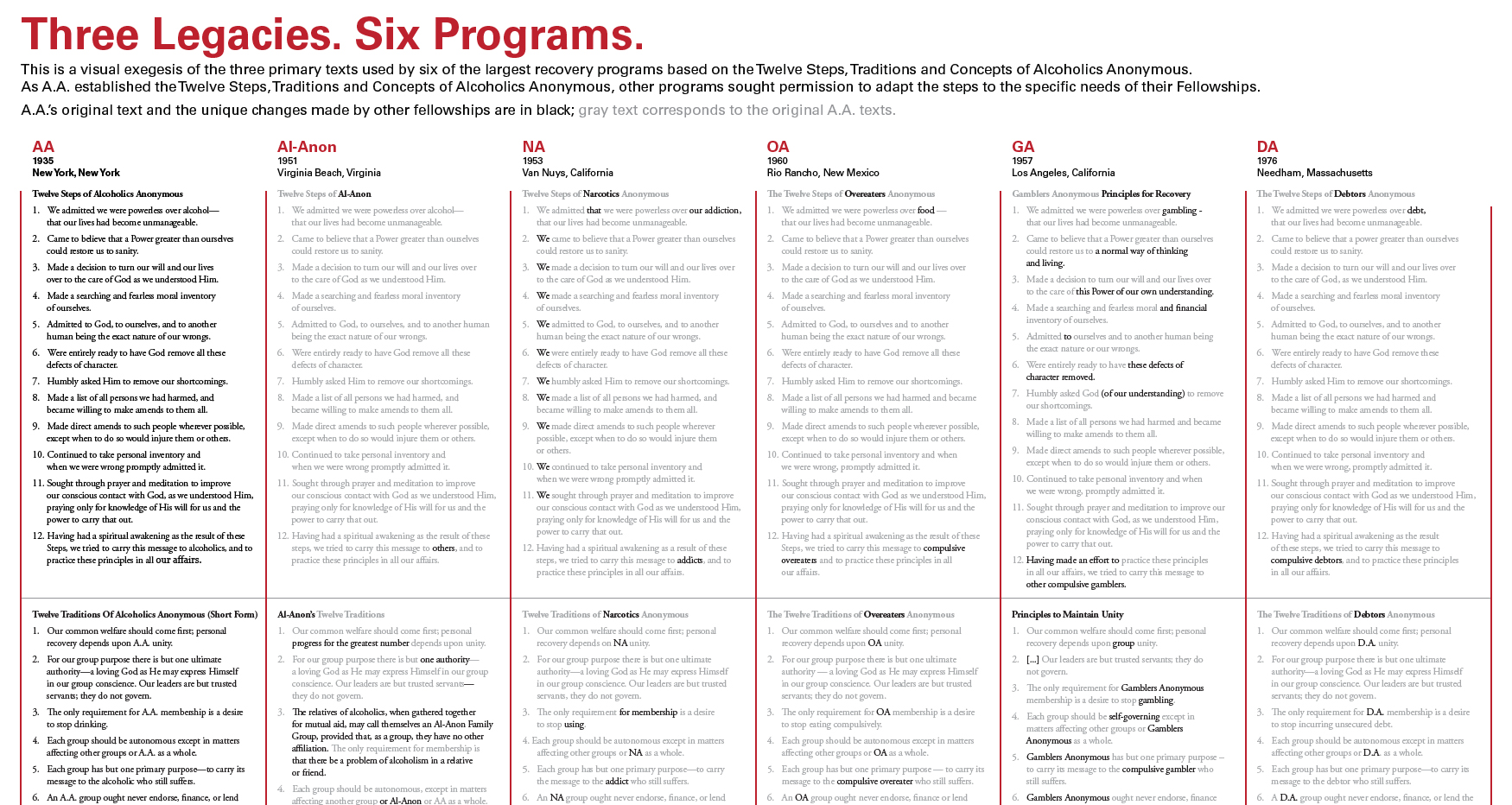
The ways texts are adopted and adapted by different organizations fascinates me, especially texts that are essential to the members of the groups. Exegesis, the critical explanation and interpretation of a text, Read More
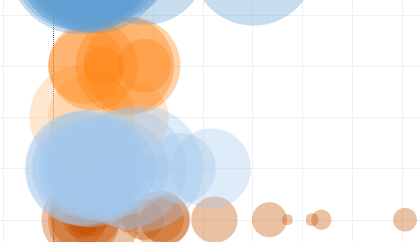
Looking to change your career or get a job? It’s helpful to know what are the occupations in demand in Minnesota right now (August 2016)? Read More
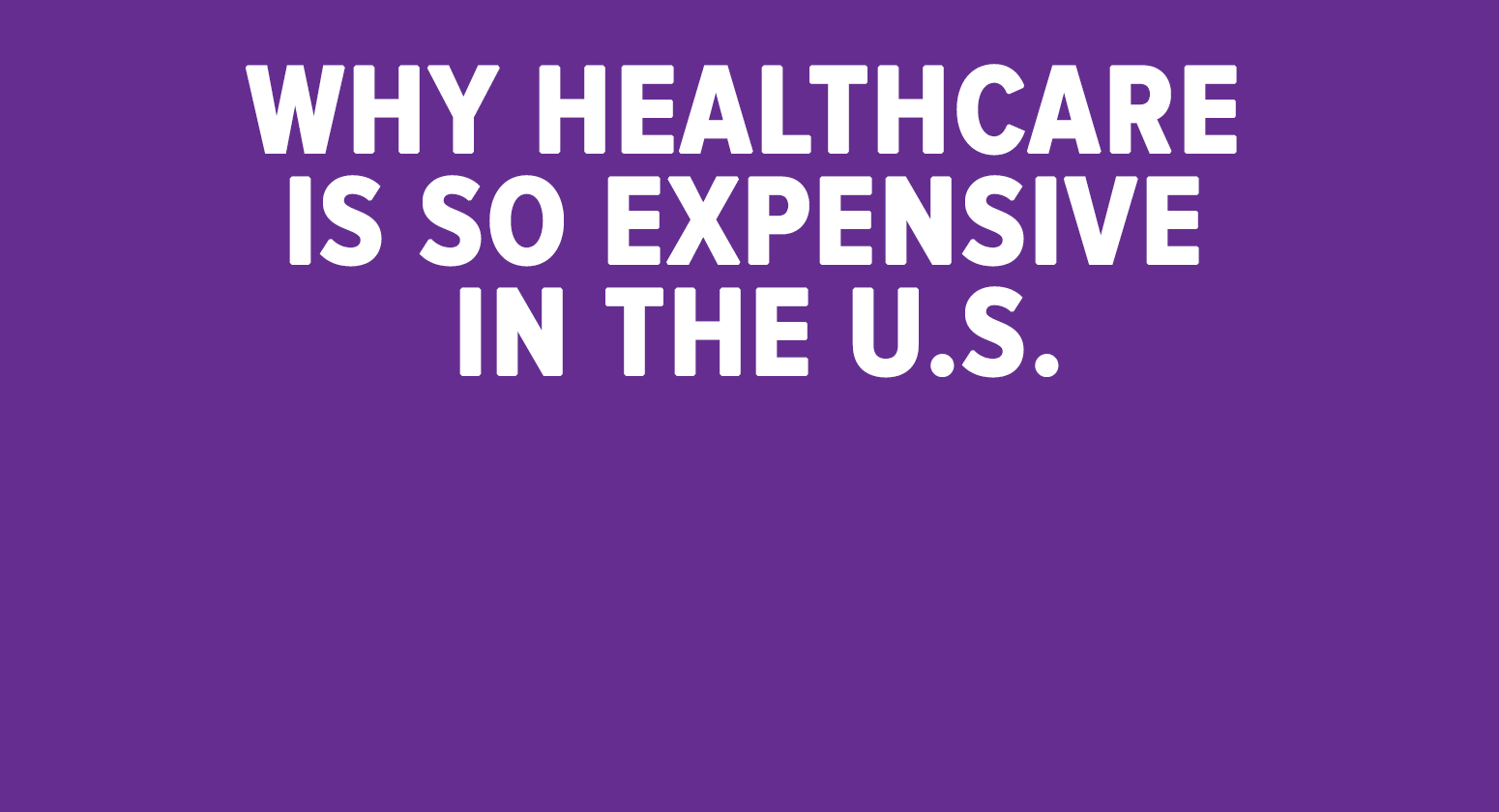
One of the things I do is look at a lot of data visualizations, not only to see how others have solved visualization problems but also to look for insights from the visualizations themselves. This recently happened as I was reading Fortune Magazine’s Global 500 issue Read More
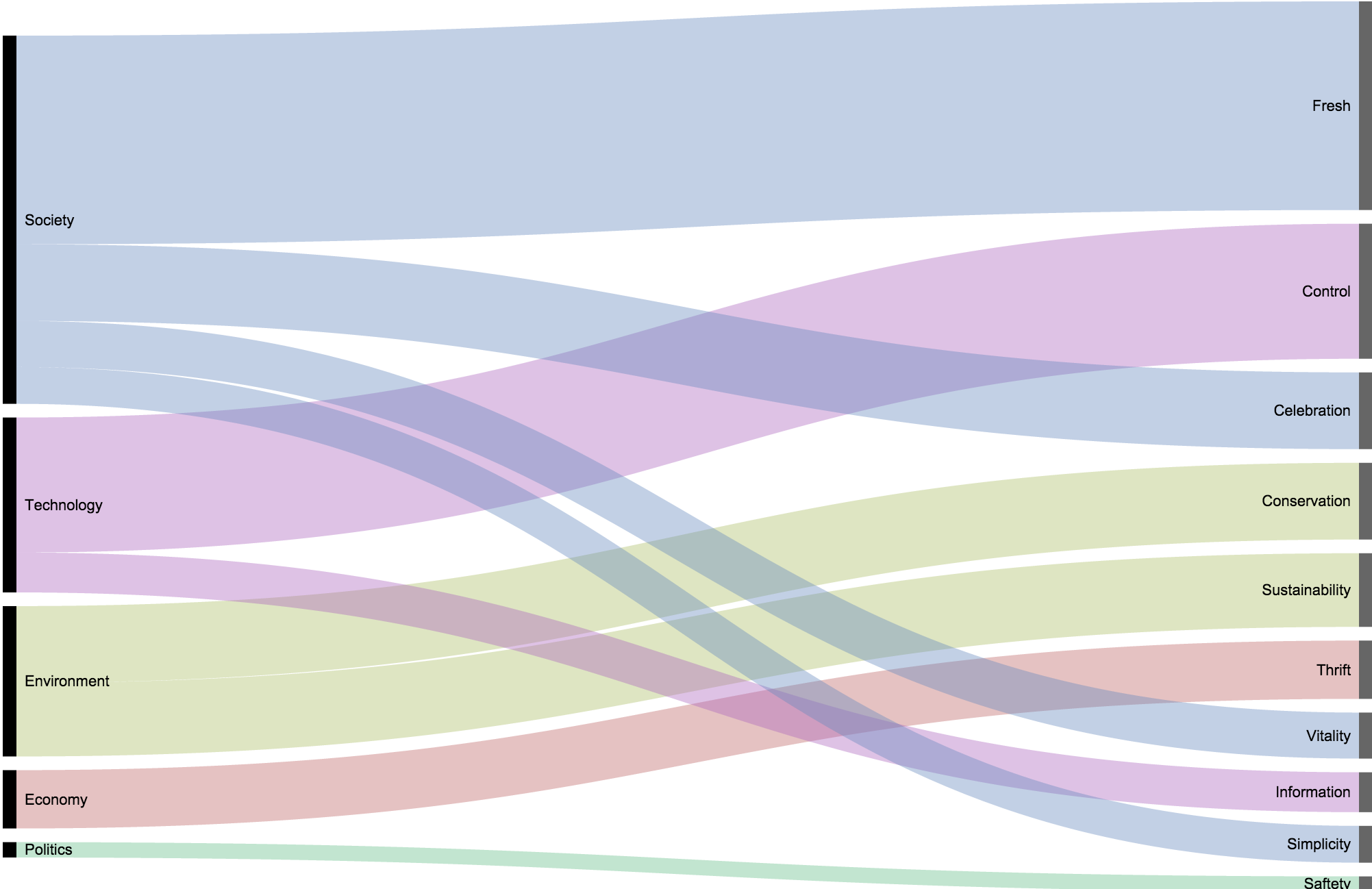
If you are looking to find some of the best work in data visualization from 2015, see below. This list is an overview of another great year of visualization. Read More
Things I want to remember from my fifth Eyeo Festival
Workshop: Intro to D3 + BYOD – Scott Murray
I love BEST OF lists. Here is a compilation of some of my favorite 2014 Best of Lists, updated periodically.
- 2014 the Year in Graphics by The Washington Post
- The 18 Best Infographics of 2014 by Co.Design, Fast Company
- Best Data Visualization 2014 by Nathan Yau, Flowing Data
- The Most Beautiful Data Visualizations of 2014 on Fast Company
- Best Science Visualizations of the Year on Wired
- Our favorite Pew Research Center Visualizations from 2014 from Pew Research Center
- Best Movie Posters of 2014 by Adrian Curry
- Best Book Covers of 2014 by
- 50 Covers for 2014 by the Casual Optimist
- Best Books of 2014 by NPR 2014 Book Concierge
- Best of 2014 from Longform
- Top 100 Movies of 2014 on Rotten Tomatoes
- Best Games by Platform on IGN
- NPR’s Best Songs of 2014
- 2014 Best Science Fiction & Fantasy by Kirkus
- Best of 2014 in Lists at The Guardian
- Best Art Shows of 2014 at Vulture
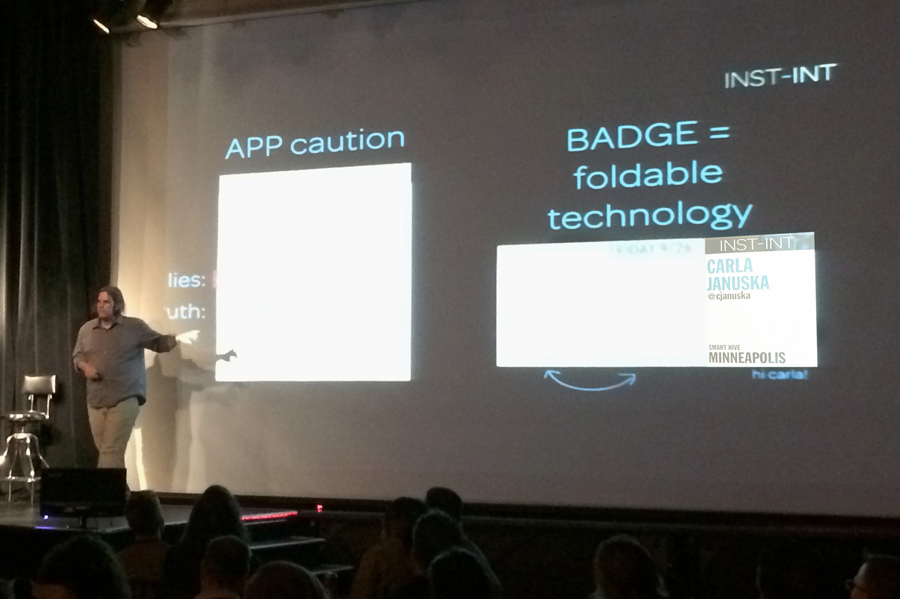
This was the first year I attended INST-INT and I was impressed with the caliber of the presentations, the feeling of community and the amazing, innovative work shown. INST-INT 2014 was a wonderful combination of the best installation, environment and immersive experience design with a focus on how it works (and when it doesn’t work), who gets involved, and how can we collaborate together. (At least 4 speakers asked for collaborators while on stage.)
It was an amazingly relaxed, collegial vibe with everyone feeling both inspired and in awe of the work shown, the efforts put forth and the multi-disciplinary talents of the speakers. Getting off the screen and into the world around us was the goal and the Read More
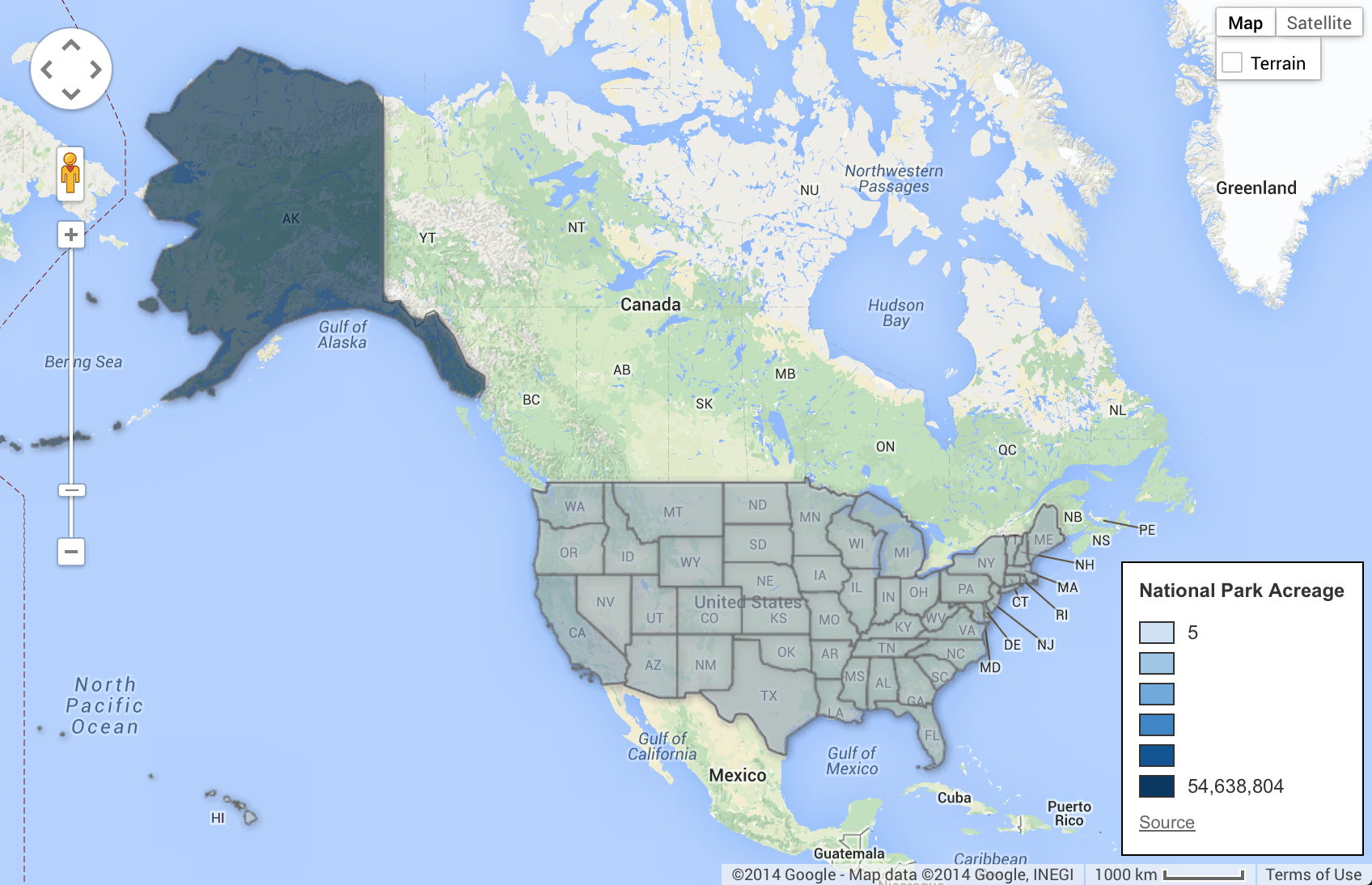
I was very inspired by the PBS documentary on the National Parks, America’s Best Idea. To understanding the extensive system of U.S. National Parks I used information from the National Parks Service and Google Fusion to create these maps of the U.S. National Parks acreage and visits.
Comparatively, the sheer size of Alaska and its national park lands (over 54 million acres) dwarfs that of the other 49 states. Hence using color to differentiate different quantities was difficult because Alaska is such an outlier. I ended up increasing the color scale so I had a wider range of values to better show scale. This Read More
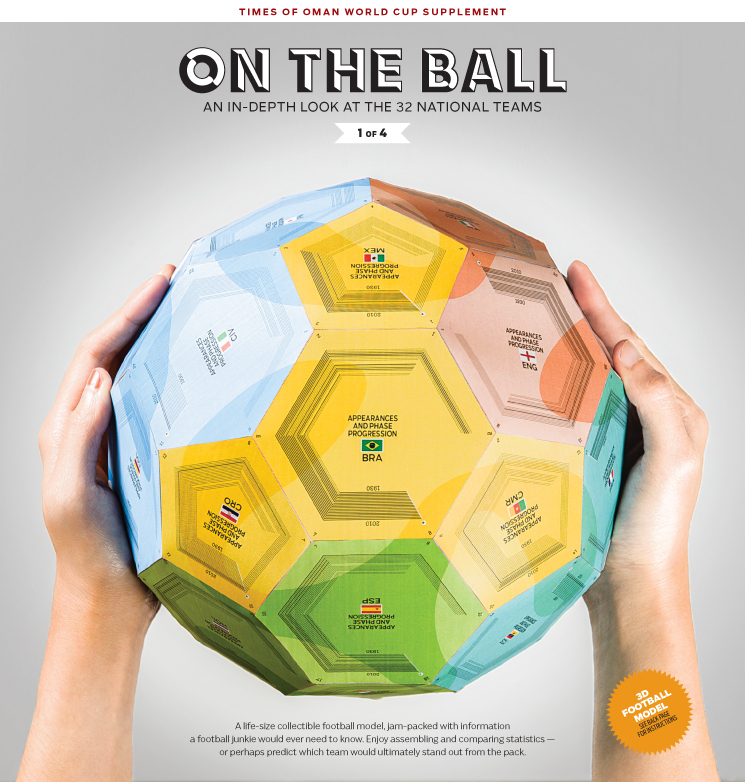
When I am talking about data, design and math all coming together in amazing ways to create data visualizations, this is what I am talking about. Check out this amazing 3D data visualization and the process to create it on Visual Loop.
3D World Cup Dataviz Ball, by Times of Oman
While I love the data visualization itself, the process to create it is what is most insightful. Here we see the designer’s thought process, sketches, paths-not-taken and just how much data needed to be managed to create the end result. It takes a special combination of brain power and creativity to pull it all together into one accurate, engaging visualization. And we can see how many ideas and options are possible once the data is available to play with. I really admire this piece and I don’t even really care about soccer/football.
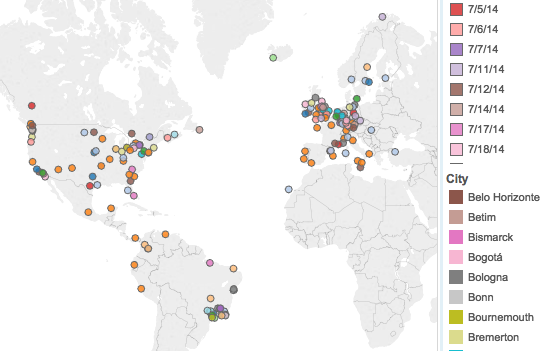
It is so heartening to consider the growth of civil rights for gay, lesbian, bisexual and transgendered people. Slow as it may seem and certainly we’ve faced setbacks, progress has been made.
Pride festivals, annual gatherings of all kinds of people to celebrate the diversity, creativity and wonderfulness of the GLBT + friends community, are both promoters and barometers of our progress. Since it is pride weekend here in Minneapolis I thought it would be fun to try to map out pride festivals this year.
I found a good data set at GayScout.com and pulled it into Tableau. I wanted to let you see both the global spread of festivals as well as see that festivals aren’t only in the month of June. (Traditionally in the U.S. pride happens in June in remembrance of the Stonewall arrests in New York City.)
I’ll be looking at trying to augment my data set in the future with more specific information about pride festivals and hopefully create a richer experience—one that better shows the richness of our community.
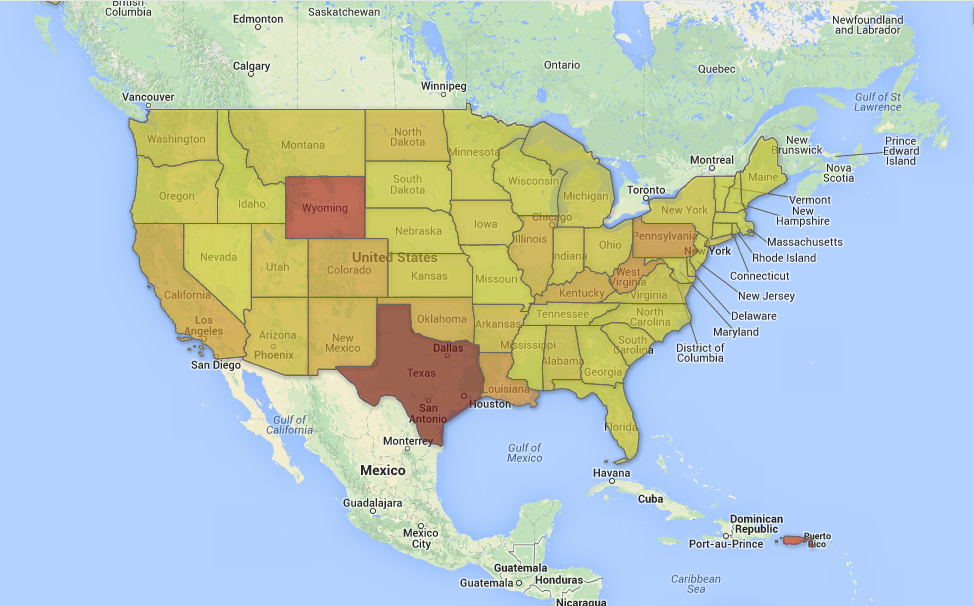
I have been working on some different visualizations of data and needed to map data to a US map. There are a LOT of tools out there designed to make this process easier. I’ve been rolling around in a few of them and found some pros and cons for each. I wanted to visually show the amount of energy produced and consumed by each state in the U.S. This date is easily available in many forms at the US Energy Information Administration who provides their data in multiple, usable formats. Mapping energy data, even with the tools out there, turned out to be an interesting exploration. Read More
Sometimes the simplest visualizations are just enjoyable, especially when they give you a little insight into something you encounter in your own day. Emojitracker.com is a realtime visualization of emoji use on twitter. In our increasingly visualized world, emoji has become shorthand for emotions in texts, email and social media. So Emojitracker show us just who uses what to signify emotions on twitter. It’s simple and it’s fun. ☆☆☆☆☆
Biggest “Whoa” project from @margolismn @daveinstpaul @cjanuska and @eric_sails #OpenData #OpenGov #whoa #CapitalCode pic.twitter.com/5iITLF2TbG
— Capitol Code (@CapitolCode) February 23, 2014

